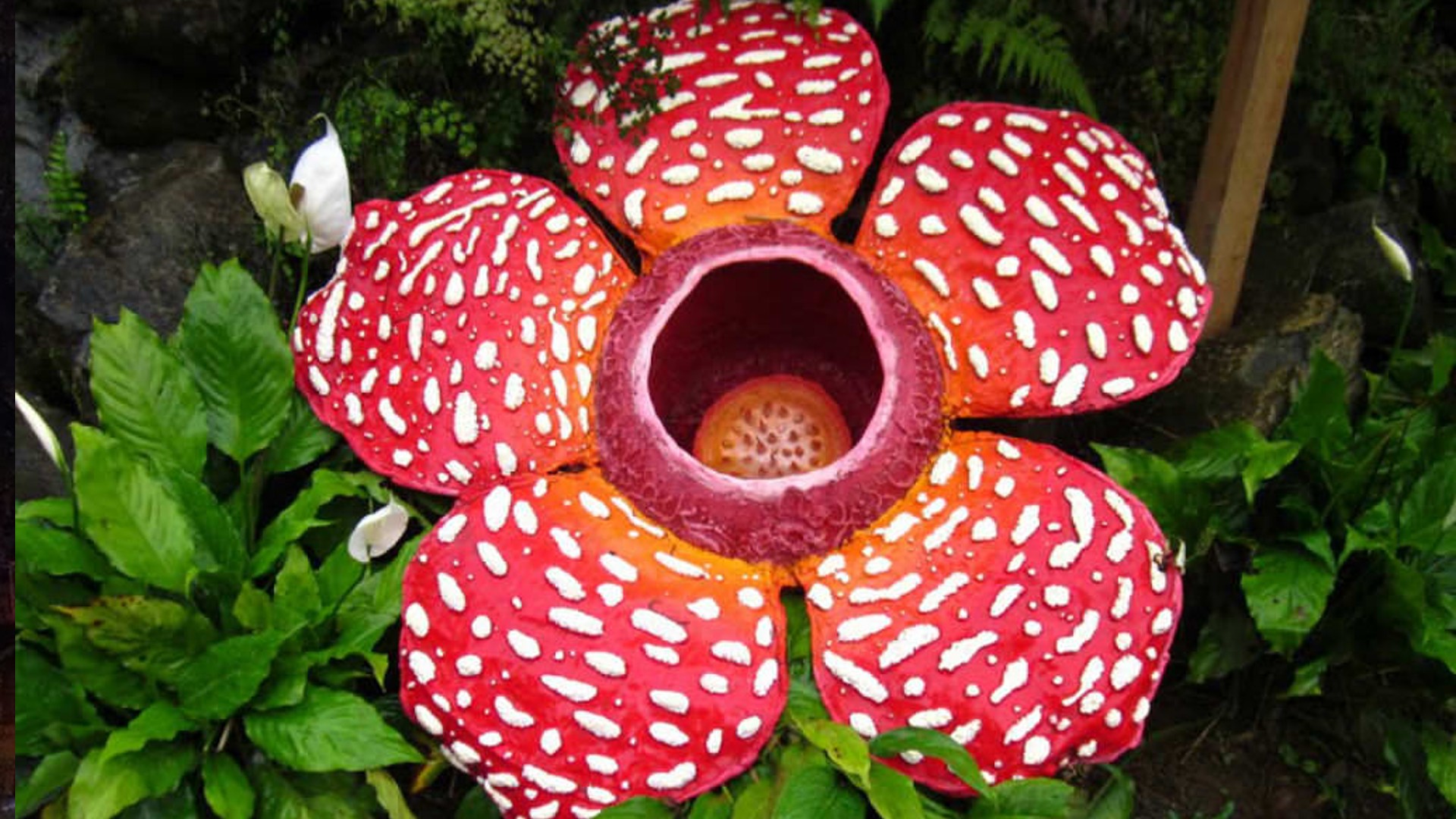The word “Rafflesia” may sound strange to some, but it is not strange to people who live in South East Asia. Located only in Indonesia, southern Thailand, and the Southern Philippines, the world’s largest flower can be found only in Malaysia, Sumatra, and Java.
Five-petaled, leathery, and speckled, Rafflesia flowers are large and five-petaled. Among locals, it is also known by the name “Corpse Flower” due to its rotten meat odor.
Would you mind telling me how this unique flower was discovered? Louis Dechamps discovered this amazing flower between 1791-1794 in Java (Indonesia). The world’s largest flower is named after Thomas Stamford Raffles, an explorer and founder of Singapore’s British colony.

Unique Quality of Rafflesia
It is quite interesting to know that this huge Rafflesia flower lacks roots or stems. In order to receive water and nutrients, it attaches itself to a host plant, Tetra stigma vine, which thrives only in undisturbed rain forests.
Vine tissue takes approximately 18 months to develop into a small brown bud. Normally, it takes 6-9 months for the bud to mature into a cabbage size. Brown leaves begin to appear on the cabbage-like bud within a few hours. After 27 months. Approximately two years and three months.
It gives off a rotten odor because of a reddish tentacle-like structure inside the petals of the corolla. A mature Rafflesia blossom can produce millions of seeds, but only 10-20% will survive. Germination of this plant occurs when the seed reaches the host vine.
Rafflesia was once thought to be pollinated by elephants, but it is really pollinated by blowflies, Calliphora vicina and Lucilia caesar. Both of these species are elephant parasites.
There are many people who expect to see this flower when travelling around Southeast Asia, and it is a popular tourist attraction. Although the flower has no direct effect on the ecosystem, its money allows funding to be directed into preservation efforts.
